In the realm of thermal management and heat exchange, the choice of heat transfer methods is critical to achieving optimal efficiency and performance.
Traditionally, industries have relied on conventional methods, but the emergence of finned tubes has brought new dimensions to this field.
In this article, we conduct a comprehensive comparative analysis of finned tubes and traditional heat transfer methods, shedding light on their respective strengths and weaknesses.
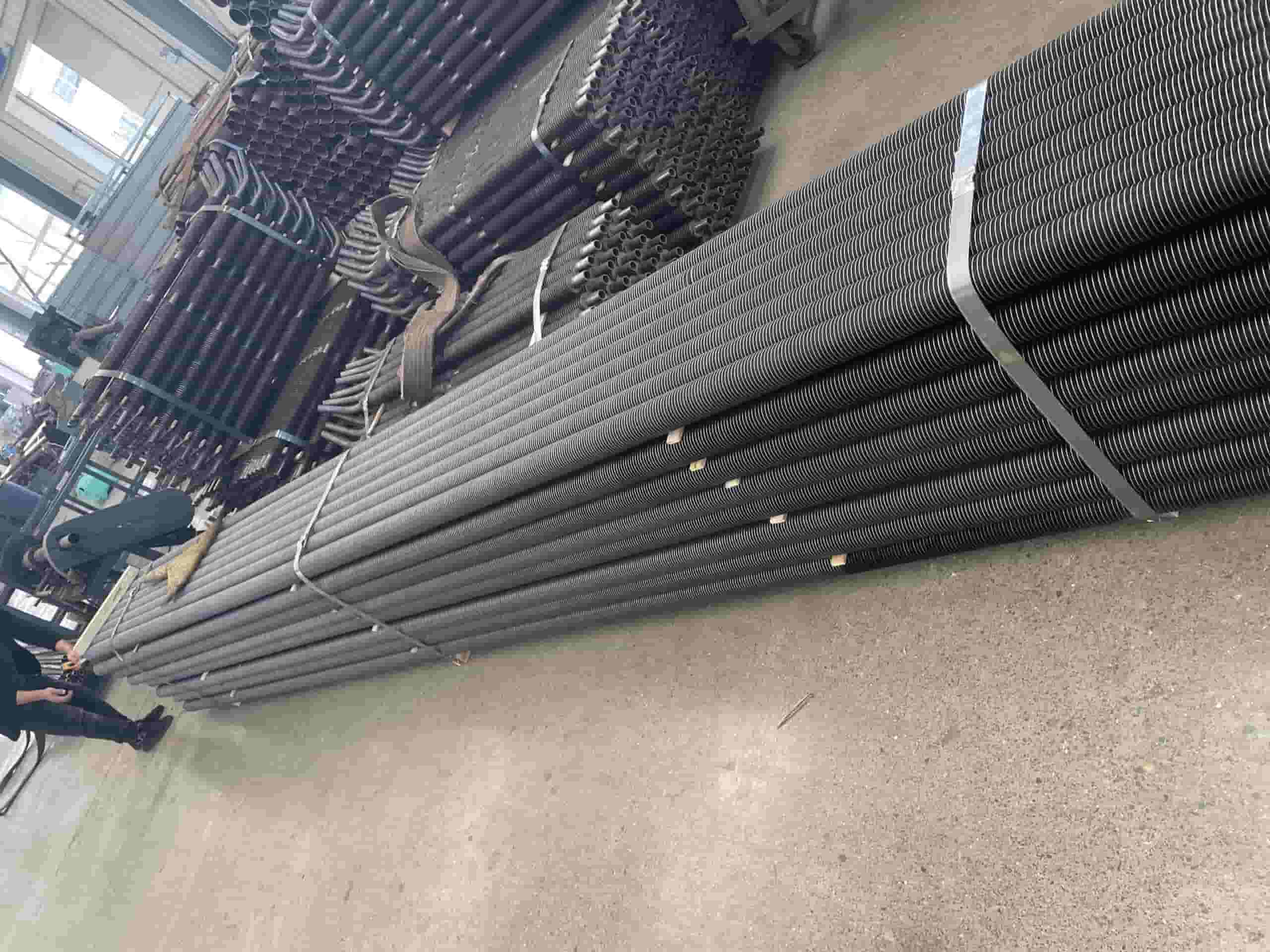
Traditional Heat Transfer Methods: A Snapshot
- Conduction: This method involves heat transfer through direct contact between solid materials. While effective, it is limited by the materials’ conductivity and surface area, often leading to sizeable equipment.
- Convection: Convective heat transfer relies on fluid motion to carry heat away. However, it can be limited by the heat transfer coefficient, fluid properties, and flow conditions.
- Radiation: Radiation transfers heat through electromagnetic waves. Although present in all environments, it becomes significant at higher temperatures, making it suitable for applications like space exploration.
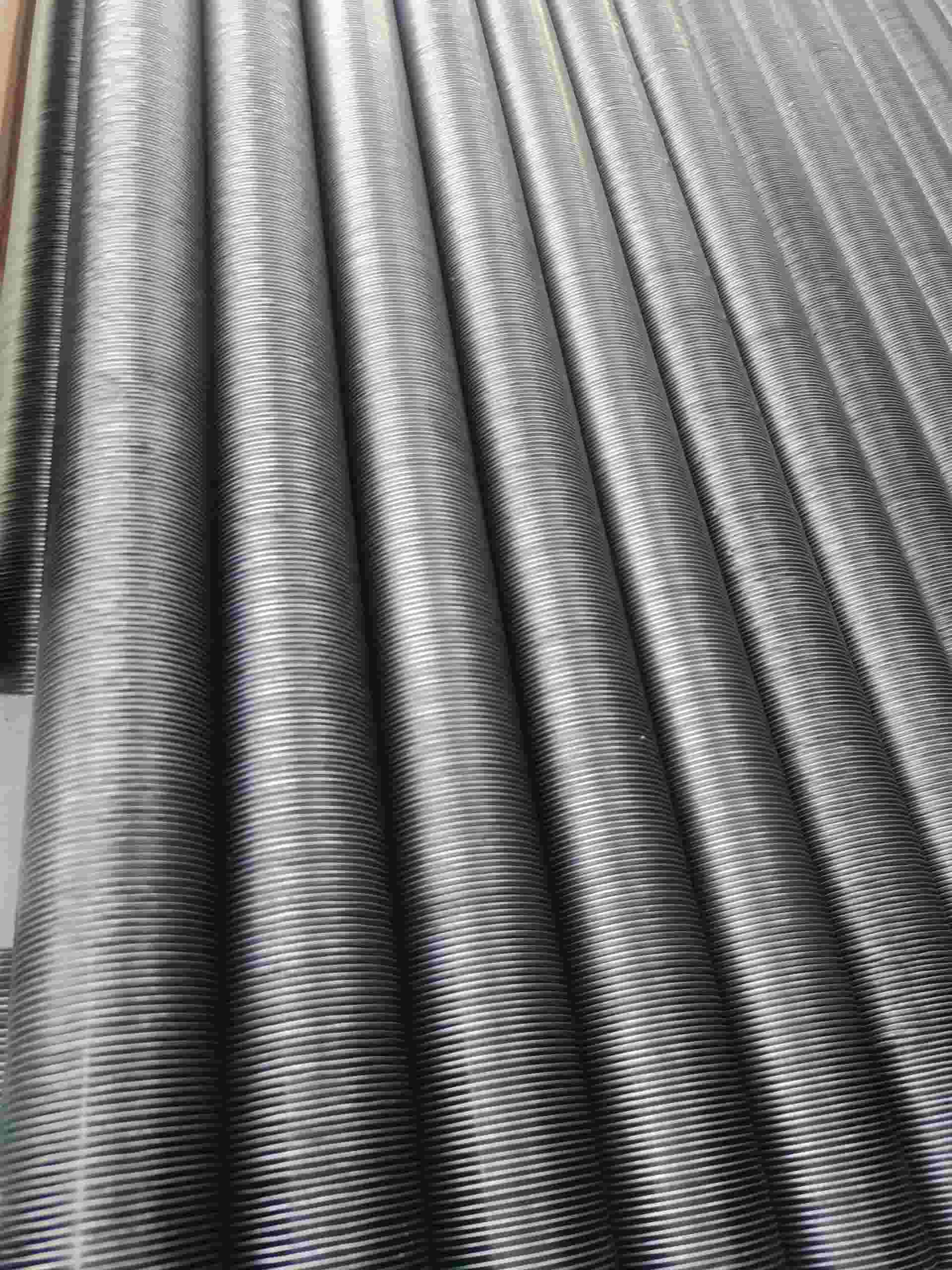
The Rise of Finned Tubes: Advantages Unveiled
Finned tubes, also known as extended surface heat exchangers, have transformed heat exchange dynamics. Their key advantages include:
- Enhanced Surface Area: The primary advantage of finned tubes is the exponential increase in surface area. Fins disrupt boundary layers, promoting turbulence and drastically improving heat transfer efficiency.
- Compact Design: Finned tubes allow efficient heat transfer in a compact space, a crucial aspect in applications with limited room.
- Temperature Control: Fins enable precise temperature control by optimizing heat exchange efficiency. This is particularly beneficial in industries like electronics, where maintaining specific temperature ranges is essential.
- Reduced Energy Consumption: The improved efficiency of finned tubes often leads to reduced energy consumption, contributing to sustainability goals.
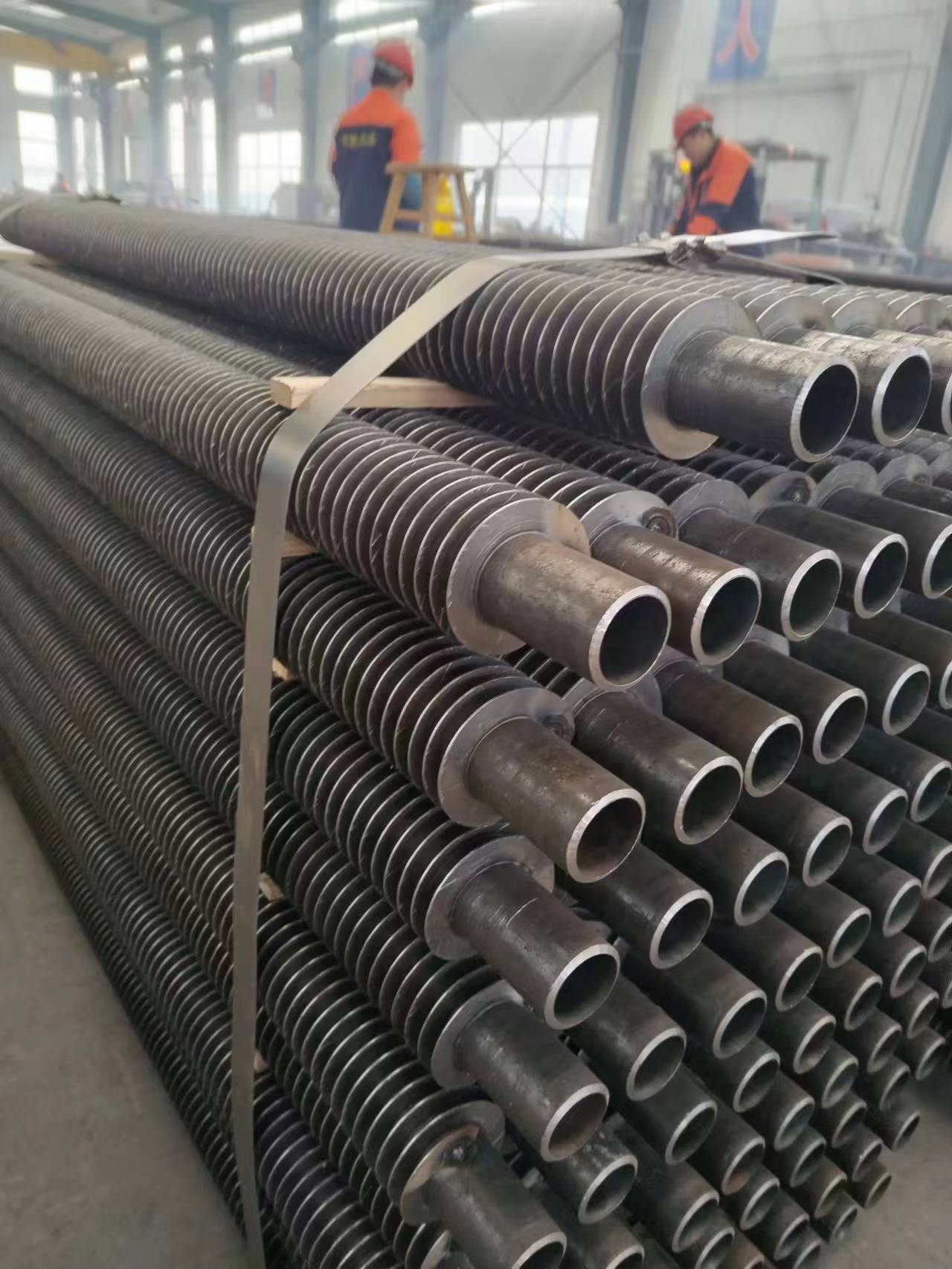
Comparative Analysis: Which Method Prevails?
The choice between finned tubes and traditional methods depends on various factors:
- Application: Finned tubes excel in applications requiring efficient heat dissipation in confined spaces, such as air conditioning units or electronics.
- Fluid Properties: Convection relies on fluid properties; hence, for fluids with low heat transfer coefficients, finned tubes may offer better results.
- Temperature Range: Radiation becomes prominent at high temperatures, making it suitable for processes involving extreme heat.
- Cost and Complexity: While finned tubes offer enhanced performance, traditional methods may be simpler and more cost-effective for certain applications.
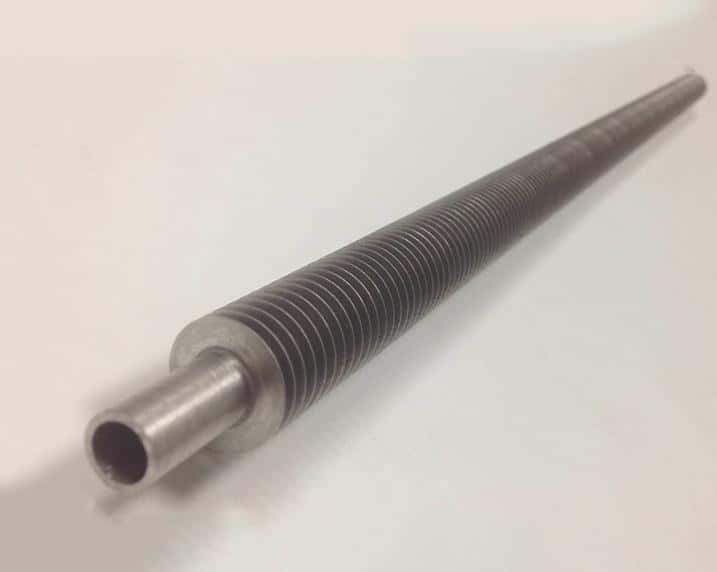
Synergy in Heat Transfer Solutions
In the evolving landscape of thermal management, there is no one-size-fits-all solution.
Traditional methods and finned tubes can coexist synergistically, addressing different needs within diverse industries.
In complex systems, a combination of these methods may provide the most efficient heat exchange solution.
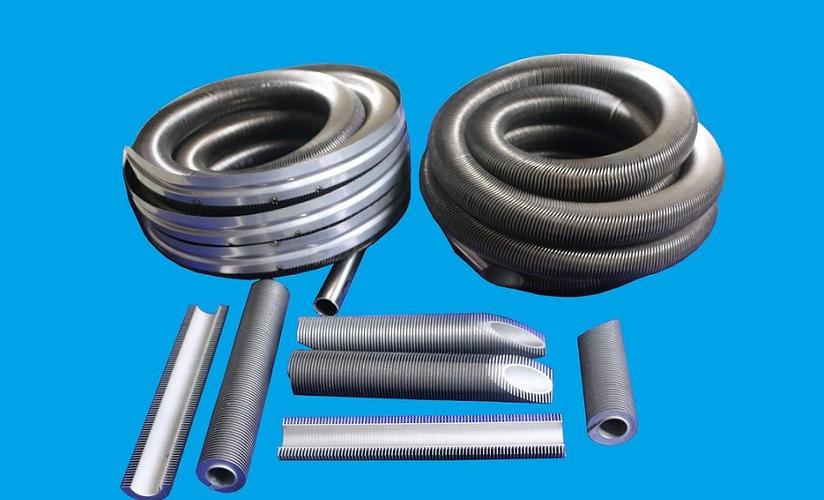
Conclusion
The comparative analysis of finned tubes and traditional heat transfer methods underscores the versatility and innovation present in thermal management.
While traditional methods hold their ground in specific contexts, the advent of finned tubes has introduced a new era of efficiency and compactness.
As industries demand higher performance and energy efficiency, the marriage of these methods will continue to shape the future of heat exchange, ensuring that every application receives the most effective and tailored solution.
